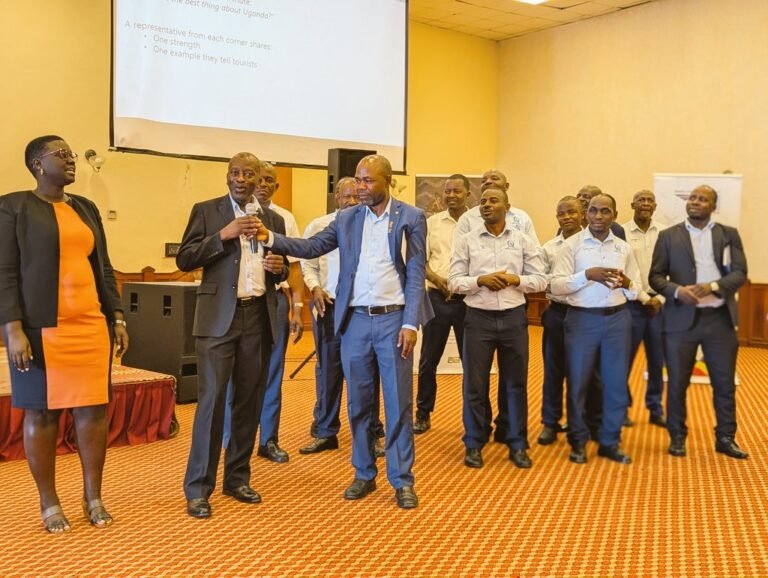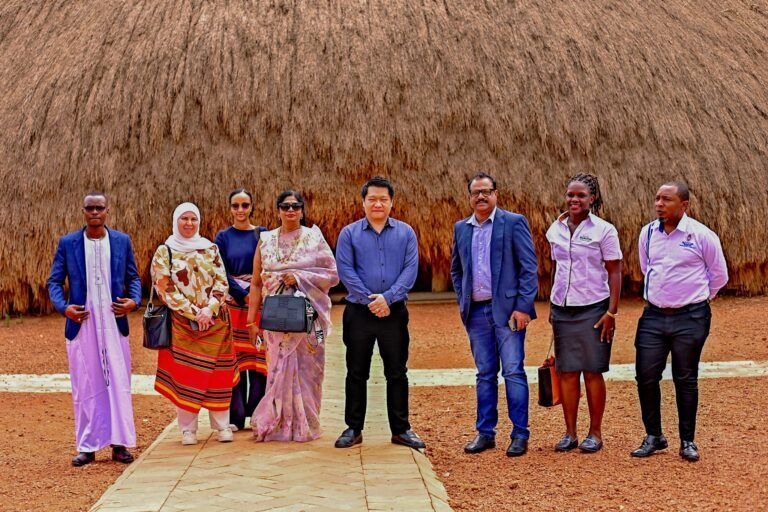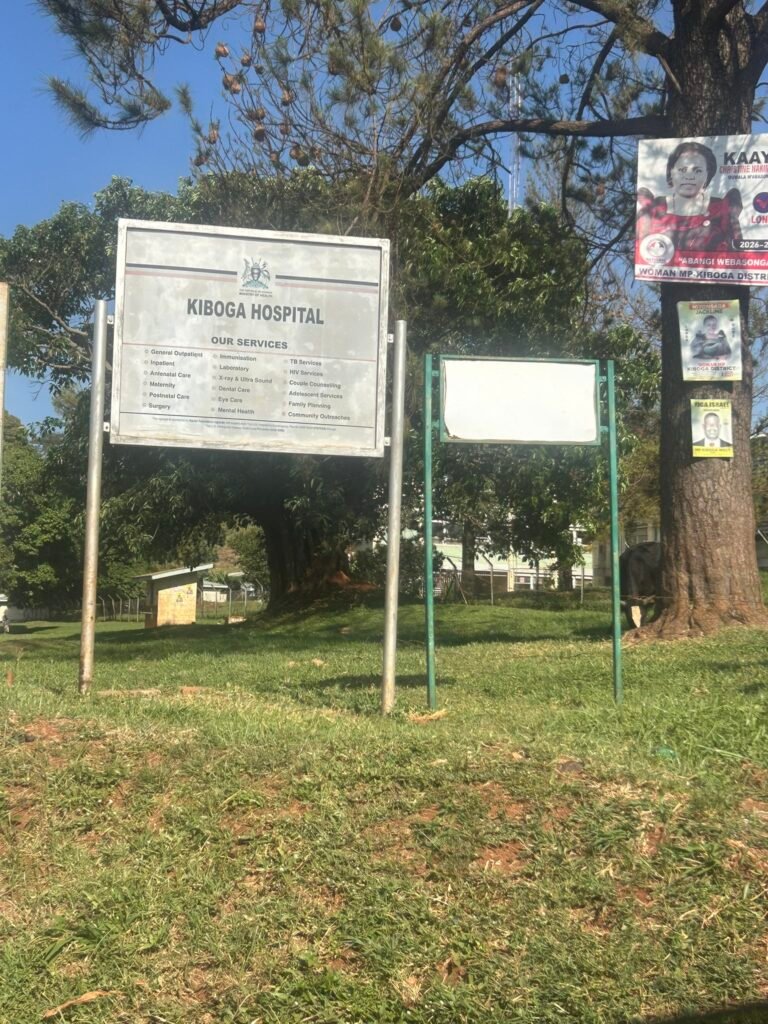
Uganda’s Tourism Potential Hinges on Strategic Investment and Cross-Sector Alignment — Lilly Ajarova
Kampala, Uganda – August 7, 2025 — Uganda’s tourism industry stands at a critical crossroads. While the country boasts world-class natural and cultural attractions—from mountain gorillas and the Nile River to UNESCO heritage sites and vibrant local traditions—tourism can only thrive if underpinned by thoughtful preparation and strategic investment.
Lilly Ajarova, a seasoned tourism expert and Senior Advisor on Tourism, has outlined five key areas that Uganda must prioritize to unlock the sector’s full potential and deliver long-term value for both travelers and host communities.
- Infrastructure Development: More Than Just Roads
“Tourism thrives not just on promotion, but on preparation,” Ajarova emphasized. She noted that Uganda must invest in both primary infrastructure—such as roads, electricity, and water systems—and secondary infrastructure like proper signage, scenic rest stops, and reliable digital connectivity. These improvements not only enhance the visitor experience but also uplift the quality of life for local residents in tourism hotspots.
- Investing in Human Capital
“A memorable experience is powered by people,” Ajarova said. She called for enhanced training and certification for tour guides, hospitality workers, and park rangers. Building a professional and passionate tourism workforce is essential to delivering the kind of high-quality service that encourages repeat visits and global word-of-mouth.
- Sustainable Tourism Financing
Uganda’s natural and cultural treasures require consistent and sustainable funding—not just for conservation, but also for the businesses that make tourism possible. Ajarova advocated for affordable credit facilities targeting the private sector, especially entrepreneurs operating in underdeveloped or emerging tourism destinations. She stressed that boosting access to capital can catalyze local investment and innovation across the sector.
- Data-Driven Policy and Planning
In an increasingly competitive global market, decisions can no longer be based on assumptions. “Our tourism policies must be shaped by real-time data on visitor flows, revenue patterns, and environmental impact,” Ajarova noted. She emphasized the need for strong data collection and analysis frameworks to inform investment, regulation, and marketing strategies.
- Cross-Sector Collaboration
Finally, Ajarova highlighted the importance of inter-ministerial and cross-sector collaboration. “Tourism cannot work in isolation,” she stated. To be successful, there must be alignment across sectors like transport, culture, and ICT. Whether it’s building better airports, digitizing visa systems, or promoting local arts and crafts, coordinated planning is key to ensuring that tourism development is holistic and impactful.
A Call for Leadership and Vision
“These priorities don’t require magic,” Ajarova concluded. “They require intent, leadership, and alignment.” Her call is not only a roadmap for policymakers but also a rallying cry for the private sector, civil society, and development partners to commit to building a resilient, inclusive, and future-ready tourism industry in Uganda.
As Uganda continues to position itself as a premier destination on the African continent, Ajarova’s insights serve as a timely reminder: Tourism is not built in brochures—it is built on the ground, one strategic investment at a time.









